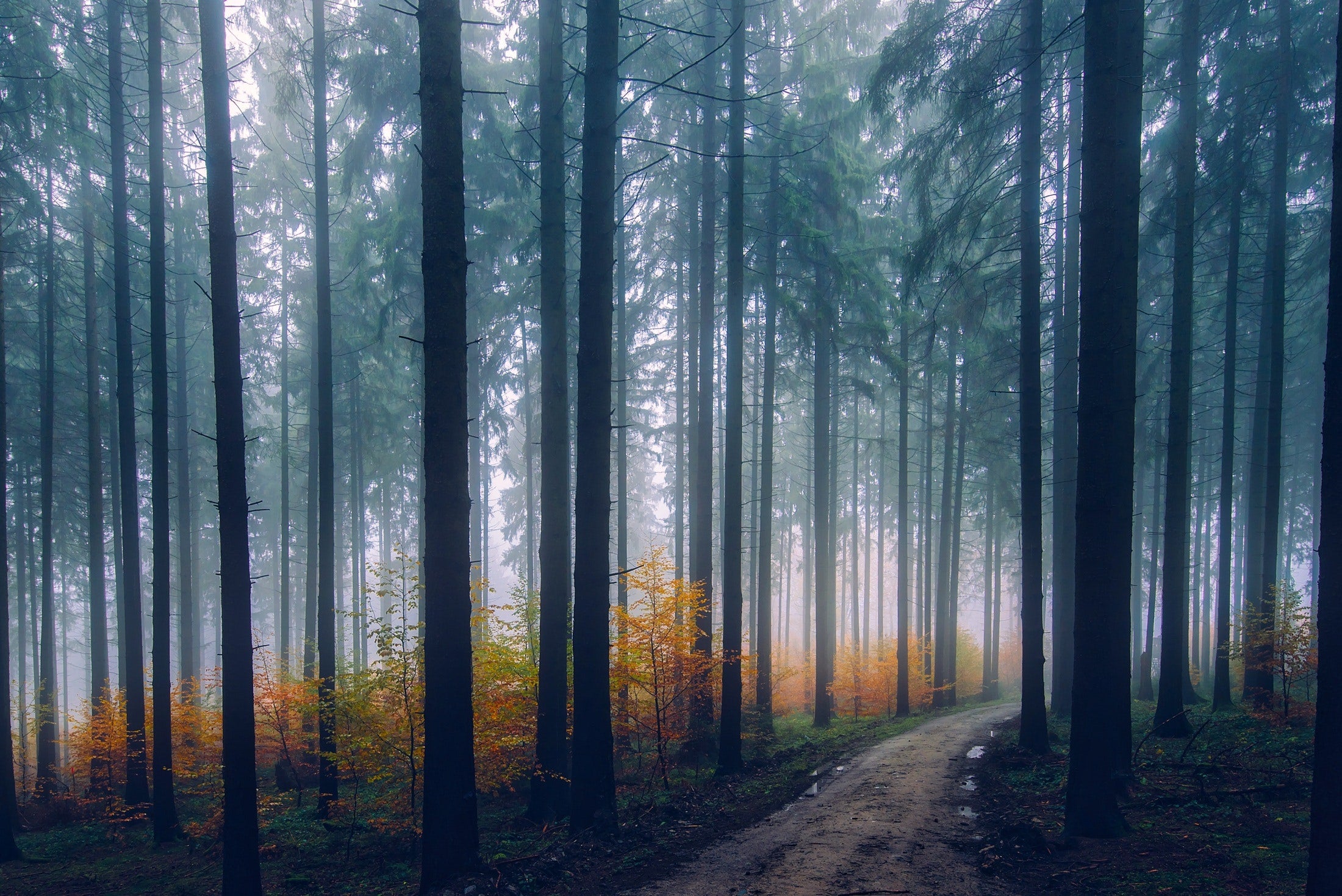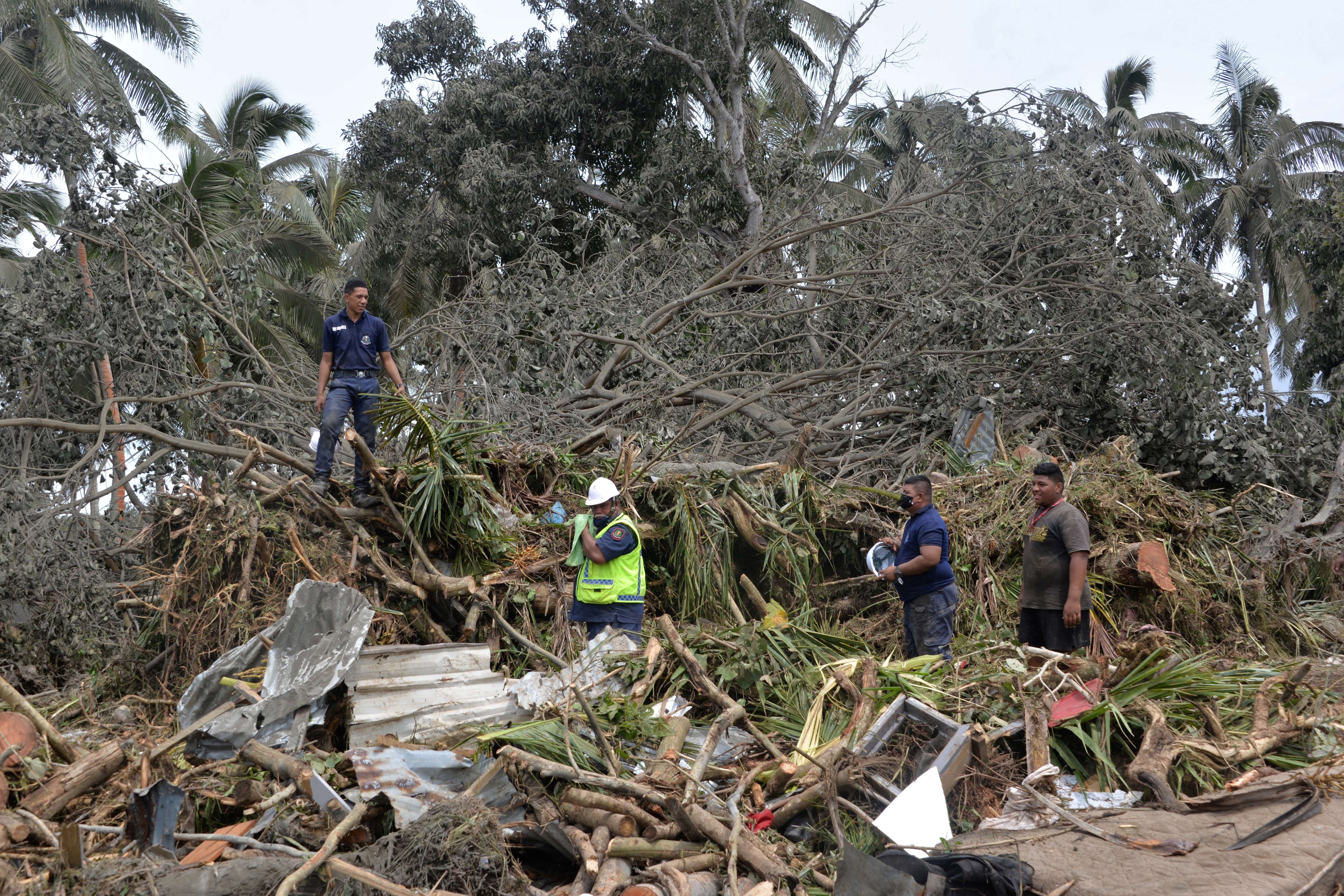Published July 20, 2022
11 min read
Looking out over the Pacific Ocean, diners at the Harbor House Inn’s bluff-top restaurant in Elk, California, are accustomed to finding locally harvested seafood on their plates. But one ingredient plucked from the waters below makes more than a delicious meal. Eating purple sea urchins when they’re available is part of a local conservation effort.
Purple sea urchins are contributing to the destruction of kelp forests, a key component of the region’s coastal ecosystem that sustains a wide variety of sea life. In recent years, these life-giving underwater forests have been disappearing at an alarming rate—about 95 percent of the area’s bull kelp vanished between 2014 and 2019.
Sea stars keep urchin populations in check, but sea star wasting syndrome has decimated their numbers. This, plus marine heatwaves, climate change, and El Niño have contributed to a “perfect storm” of conditions, rapidly degrading Mendocino County’s once thriving coastal ecosystem. In recent years, scientists have found 60 times more kelp-munching purple sea urchins than normal.
“In a lot of places it looks like someone clear-cut the forest and then rolled out a purple carpet all over the sea floor,” says Morgan Murphy-Cannella, kelp restoration coordinator for Reef Check Worldwide, a nonprofit focused on volunteer science to conserve reefs and kelp forests.
Despite a slight increase in kelp since 2020, in correlation with upwelling (when wind brings nutrient-rich cold water), scientists say the problem is far from over. “The ocean … is nowhere close to being back to a completely healthy and restored ecosystem,” says Tristin McHugh, kelp project director for the Nature Conservancy.
How can travelers help? While scientists keep an eye on the data, visitors can learn about the coastal environment, volunteer with local beach cleanup efforts—and dine on the urchins wherever they’re available.
Eating sea urchins for conservation
At the Harbor House Inn, executive chef Matthew Kammerer turns the echinoderm into the Michelin-starred fare his restaurant is known for. After carefully cracking open their outer shells, he removes and cleans the edible inner lobes before adding them to a savory Japanese-style egg custard called chawanmushi and a porridge made of local grains. He also serves them in a dashi sauce drizzled on strips of celeriac that mimic pasta. Pieces of urchin are even whipped into butter and candied, with each preparation showcasing the myriad of ways to chow down for a good cause.
Kammerer isn’t the only top chef cooking for conservation. Chefs at Little River Inn in Little River and Izakaya Gama in Point Arena have joined the culinary cause, too. These cooks try to use purple sea urchins whenever they can, but despite their abundance in the ocean, they’re difficult to source. Currently, there is no established method of harvesting them for restaurants, so the chefs rely on local divers or harvest them on their own. When they can’t get purple urchins, many use larger, commercially available red urchins.
No matter which kind of urchin appears on the plate, locals hope that seeing them on menus more often will help break down the barrier to eating the spiny invertebrate, which can seem intimidating.
Kammerer began serving them four years ago, and so far, diners have been positive. “We ask our guests to trust us, and they end up usually really, really enjoying it and getting their minds changed,” he says.
(Meet the southern chefs turning invasive species into delicious dishes.)
In addition to serving purple urchin, chefs and locals hope a new annual festival will help spread the word. Held in June, the first Mendocino Coast Purple Urchin Festival hosted cooking demonstrations, educational events, and urchin-focused restaurant specials, plus a preview of the upcoming Sequoias of the Sea documentary telling the story of California’s kelp forests.
“For me, the urchin festival is really about teaching people what’s going on underneath the waves,” says Cally Dym, owner of Little River Inn, one of the festival’s hosts. “Eating the purple urchin is our way of helping the whole ecosystem down there.”
Sheila Semans, executive director of the nonprofit Noyo Center for Marine Science, which received a share of proceeds from the event, says her goal is to get everyone in town to give urchin a try for the environment. “We’re trying to elevate the conversation beyond not doing as much harm to actually improving the environment by eating this seafood,” she says.
(Learn how locals are battling invasive green crabs in the Gulf of Maine.)
More ways to help save kelp forests
Beyond patronizing local restaurants, Mendocino County visitors can explore the Noyo Center for Marine Science in Fort Bragg. Inside the center’s geodesic dome, video of a kelp forest and an urchin barren helps place visitors at the heart of the problem, while a walk-through art installation of a kelp forest provides in-depth detail. Soon, an interactive component will teach kids how to build a coastal ecosystem model using magnets shaped like urchins, sea stars, and abalone.
The center’s volunteer science program lets trained community members wade into the problem through beach surveys that track what washes up on shore, such as segments of bull kelp and abalone, in addition to urchins. Another program gathers volunteers in search of juvenile sunflower sea stars. One outing logged the first sea star spotted in Mendocino in five years, Semans reports. Visitors can join occasional beach cleanups, too.
(Here’s how to help scientists on your next vacation.)
Since 1984, scientists have been tracking changes in the kelp canopy all along California’s coast. Now the Nature Conservancy, UCLA, UC Santa Barbara, and Woods Hole Oceanographic Institution have partnered to make that data available to scientists and volunteers through a newly launched site, called Kelpwatch.
Coordinated groups of divers have contributed to restoration efforts, too. Nearly 50,000 pounds of purple urchins have been collected through a partnership involving California government entities, communities, and nonprofit organizations, including Reef Check Worldwide, Watermen’s Alliance, the Nature Conservancy, and the Noyo Center for Marine Science.
Together with these conservation efforts, Kammerer hopes that every bite of purple urchin he and others serve is a step toward restoring the kelp ecoystem.
“The more information people know, the more sea urchin they’ll eat, and hopefully,” he says, “we can help make a difference.”
Kristen Pope is a freelance writer covering science, conservation, wildlife, and climate change.
Learn more about purple sea urchins and the plight in the kelp canopy along California’s coast in National Geographic’s America the Beautiful series, now streaming on Disney+.
Note: This article have been indexed to our site. We do not claim legitimacy, ownership or copyright of any of the content above. To see the article at original source Click Here







